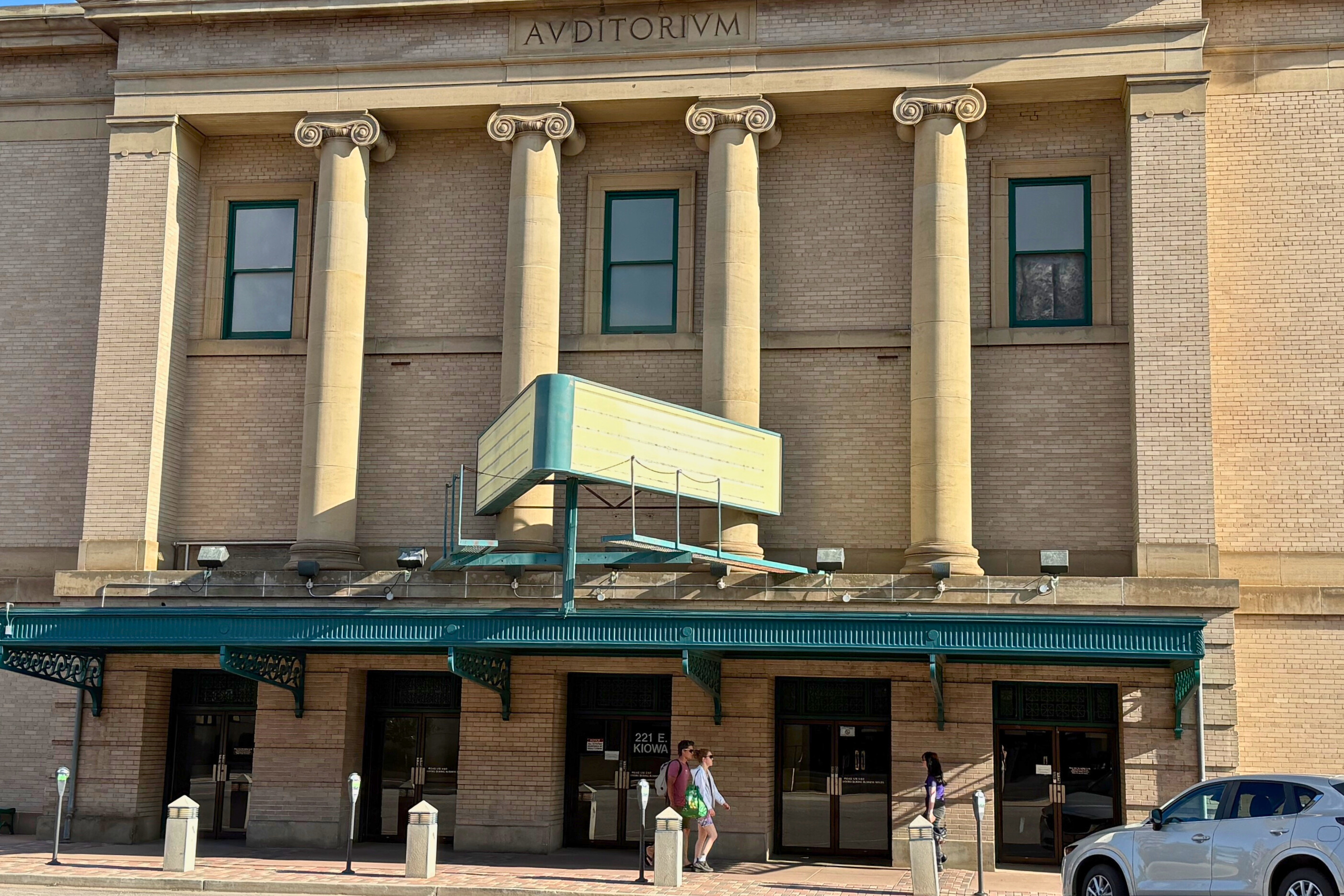
This week on Looking Up we learn a bit about the missions that followed Apollo 11.
We’ve talked a great deal about the Apollo 11 moon landing this month, which is appropriate, given that the 50th anniversary of the landing was just a couple of days ago. But there were 6 more Apollo missions, and they tend to be forgotten by the public.
Ironically, those later missions stayed longer, went farther, and generated more new science information that the relatively simple Apollo 11 landing did.
Apollo 12 demonstrated precision landing, setting down within walking distance to an earlier unmanned spacecraft. The astronauts even brought parts from that lander back home. Apollo 13 was the famous “successful failure” as it has come to be called. Apollo 14 saw our first astronaut, Alan Shepard, walk on the Moon. Apollo’s 15 - 17 were truly remarkable missions, with rover vehicles to drive far out into the lunar countryside, so to speak. These “J” missions also carried very sophisticated scientific testing equipment, and even launched tiny satellites into orbit around the Moon. It wasn’t until the very last mission, Apollo 17, that a true scientist, a geologist named Dr. Harrison Schmidt, got to walk on the Moon. There were plans and hardware for missions up through Apollo 20, but they were cut when NASA’s budget was reduced, and that’s a pity. But 12 men walked on the Moon in the most successful engineering and science program ever, and it’s hard to believe that all that took place so many years ago.
If you’d like to take a closer look at the moon, or any of the other wonderful and amazing things in the sky, please visit csastro.org for a link to information on our monthly meetings and our free public star parties.








